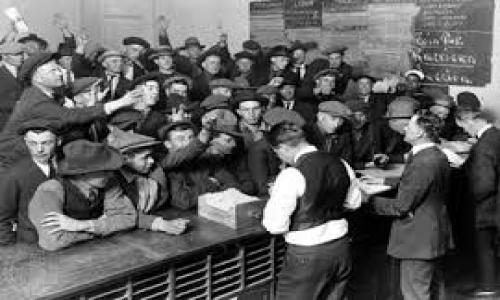Articles
Selected category: US Govt and Economy
The graph below shows what the return on this strategy would look like. I was a bit surprised at just how well it did. Clearly, preserving capital, even when it is stashed in unsexy, lower yielding savings accounts for long periods of time, is a better strategy than riskier investing in an inflated market. Let me repeat, according to this analysis capital preservation is the name of the game, not getting every last bit of return out of a tired stock market.
Read →Stagflation, deflation, depression and recession. Which are we in and which one are we headed to? I have no idea, but at least I can tell you what they mean. Happy Reading
Read →The US Savings Rate increased to 5.7% of disposable income in April 2009 and economists expect it to go to a post WWII high. That means less demand for goods and services, less growth, and lower stock prices.
Read →It is good to be excited, but is it warranted.
Read →As much as I like to accumulate reward points, I usually pay cash when I go to the store. Now, I want the store to be able to pass along some of the discount that they are getting from not needed to pay the credit card companies for the pleasure of accepting their payment.
Read →The tale of the economy over the next couple of years is really a test of the theories of John Maynard Keynes, the father of deficit spending, or Milton Friedman, the Novel Laureatee, who believed that inflation was a monetary phenomenon. Bernanke has thrown his lost with Keynes.
Read →FDIC Chairwoman Sheila Bair was on CNBC tonight answering questions from Erin Burnet, crazy Jim Cramer, and an audio in a town hall style meeting. Here's what she had to say.
Read →For all of the bad news that we hear day in and day out, there are some positives. Today, we learned that personal income actually rose in October. That's right, people who are working are making more.
Read →Dow Jones Industrials Crash Analysis - Great Depression Versus Today
I've wondering how the performance of the Dow in 2008 compares to the drop during the Great Depression. To find out, I graphed both and set them side by side. The results are interesting...
Read →Robert Schiller just published an interesting article in the NY Timers on why human beings, and especially top economists miss diagnosing a market bubble until it is too late. The answer shouldn't surprise anyone.
Read →